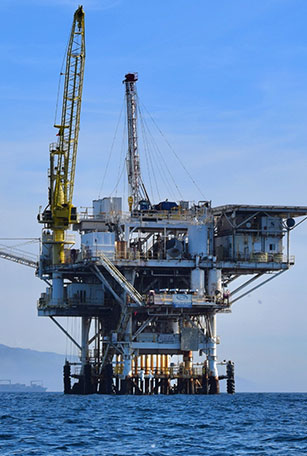
Ceramic membrane, also known as inorganic ceramic membrane, is an asymmetric membrane prepared from inorganic ceramic materials through a special process. Ceramic membranes are divided into tubular ceramic membranes and flat ceramic membranes. Please note that "CT Membrane" is not an alias for Ceramic Membrane, which is actually a misrepresentation of the English abbreviation of Ceramic Membrane by non-professionals. The tubular ceramic membrane tube wall is densely covered with micropores. Under the action of pressure, the raw material liquid flows in the membrane tube or outside the membrane, small molecular substances (or liquid) permeate the membrane, and macromolecular substances (or solids) are retained by the membrane, thereby achieving separation, Concentration, purification and environmental protection purposes. The surface of the flat ceramic membrane is densely covered with micropores. According to the diameter of the permeated material molecules within a certain pore size range, the permeability is different. The pressure difference between the two sides of the membrane is the driving force, and the membrane is the filter medium. Under the action of a certain pressure , When the feed liquid flows through the membrane surface, only water, inorganic salts, and small molecular substances are allowed to pass through the membrane, while macromolecular substances such as suspended solids, glue and microorganisms in the water are prevented from passing through. Ceramic membrane has high separation efficiency, stable effect, good chemical stability, acid and alkali resistance, organic solvent resistance, bacteria resistance, high temperature resistance, anti-pollution, high mechanical strength, good regeneration performance, simple separation process, low energy consumption, operation and maintenance. It has many advantages such as simplicity and long service life, and has been successfully used in many fields such as food, beverage, plant (drug) deep processing, biomedicine, fermentation, fine chemical industry, etc. It can be used for separation, clarification, purification, concentration, removal of bacteria, desalination, etc.
Ceramic membrane is a kind of inorganic membrane, which belongs to the solid membrane material in membrane separation technology. Fired. Commercial ceramic membranes usually have a three-layer structure (porous support layer, transition layer and separation layer) with asymmetric distribution. .
According to the different supports, the configuration of the ceramic membrane can be divided into three types: flat plate, tubular type and multi-channel. Due to its acid and alkali resistance, high temperature resistance and chemical stability in extreme environments, and due to the small pore size of commercial ceramic membranes (usually less than 0.2 μm), molecular-level filtration can be successfully achieved, so it is mainly used for filtration. Filtration and separation of liquid and gaseous mixtures can replace traditional separation technologies such as centrifugation, evaporation, rectification, and filtration to achieve the goals of improving product quality and reducing production costs. It has broad application prospects in harsh environments such as petroleum and chemical industries.

0531-69959201
lqg18653457231
+86-18653457231
No 12111,Jingshi Road, Lixia District, Jinan City, Shandong Province. P.R. China

Professional customer service team, professional after-sale services create a comprehensive high-quality, advanced technology, reliable products, which gives you a strong sense of security.

Professionals, professional skills and precision equipments insure that we can provide you with professional product customization service.

The best quality products, strict quality control system and good reputations established Saigao product's irreplaceable place.

Superb technical team with continuous technological innovation, closely follow the market's trend help you to create the highest performance products.
 English
English  日本語
日本語  français
français  Español
Español  русский
русский  português
português  العربية
العربية  tiếng việt
tiếng việt  ไทย
ไทย  Polska
Polska  română
română 

